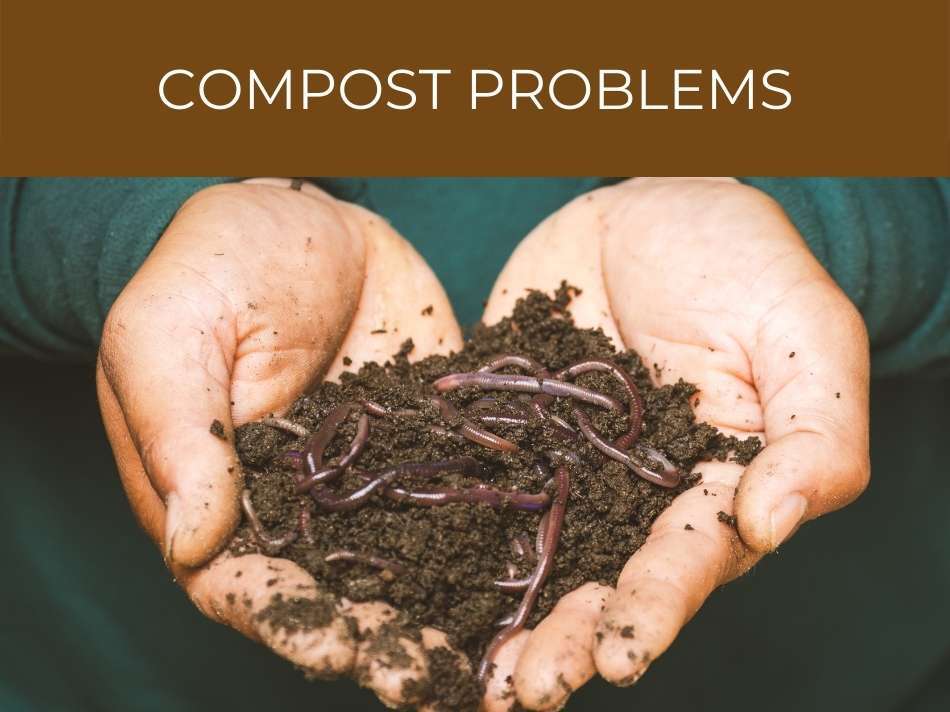Compost provides a free, nutrient-rich addition, to improve the health and structure of your soil and boost plant growth. Not only is it great for your garden, it also diverts organic waste from landfill, avoiding anaerobic breakdown that produces methane, a potent greenhouse gas.
Common compost problems involve the wrong mix of materials, the amount of water added, and not enough aeration. Most compost issues can easily be rectified without starting again, and many are just about making the process more efficient.
Starting a compost pile might seem like a challenge, but it is very easy to take care of and there are different options depending on your level of commitment.
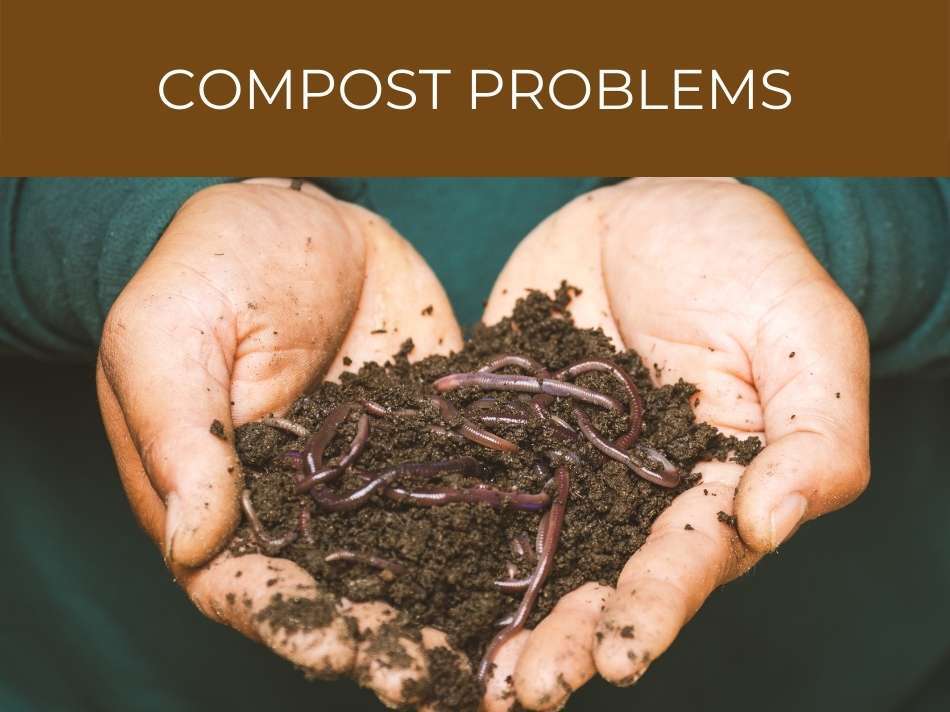
Compost problems
Composting is pretty straightforward, but there are a few common problems that can crop up.
Piles can often be too dry or too wet, the mixture of green and brown material can be imbalanced, and the pile can become too acidic if there are too many onions and citrus rinds.
Compost can begin to smell if meat, eggs or dairy are added and begin to rot rather than compost.
If the pile is not getting enough air to it, the breakdown starts to happen anaerobically and produces methane, which smells.
Common compost problems are that the pile is too wet or too dry, there are too many grass clippings or other green material, the pile becomes too acidic, or the compost begins to smell. Fortunately, all of these problems can be remedied–no need to throw your compost out and start from scratch.
The good news is that most compost problems are easily solved, and most just mean that the breakdown of material is less effective, rather than not happening at all.
Unless you have added a lot of something that won’t break down, it’s hard to ruin an entire compost pile, and you shouldn’t need to start from scratch.
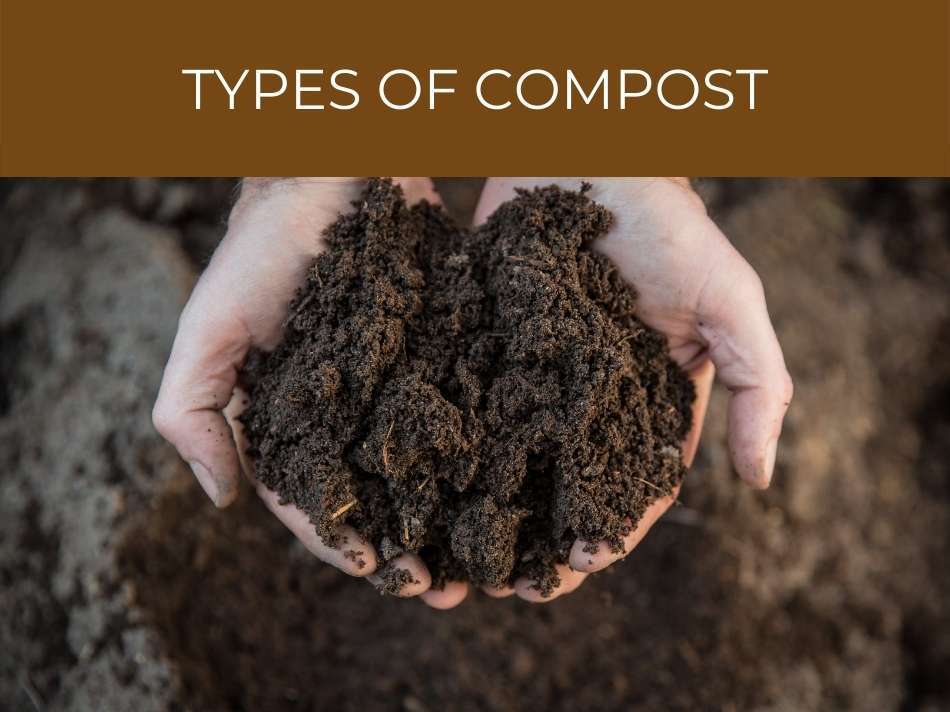
Types of compost
The two main ways to compost are with a hot compost, or a cold compost.
There are 2 main ways to compost: hot and cold composting. Hot composting is a bit more complex to set up but breaks down quicker, and cold composting is very simple but can take up to 2 years to break down. There are variations of these types, including open air or direct composting, using tumblers, vermicomposting and bacteria composting.
In addition to the temperatures, composting can also be done in the open air or directly in the soil, using tumblers, and vermicomposting (worm farms) or bacteria composting (bokashi).
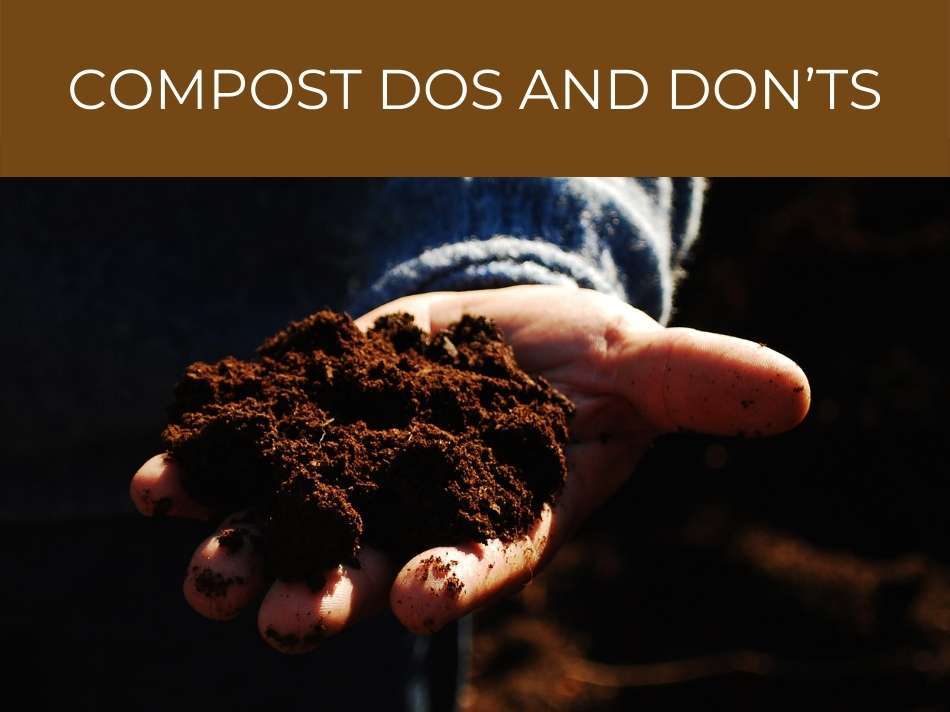
Compost dos and don’ts
There are a few composting dos and don’ts. Make sure your pile is watered, has airflow, is regularly turned; add a mixture of ‘brown’ and ‘green’ material, & make the material pieces as small as possible. Don’t add non-compostable material like plastic; pet waste; or meat & dairy products.
Also, don’t add weeds that have gone to seed–unless the temperature in your compost pile is hot enough to kill the seeds (roughly 140 degrees Fahrenheit).
Don’t add non-compostable material, meat, dairy or eggs, pet waste or weeds that have produced seed.
See whether you should add coffee grounds to compost.
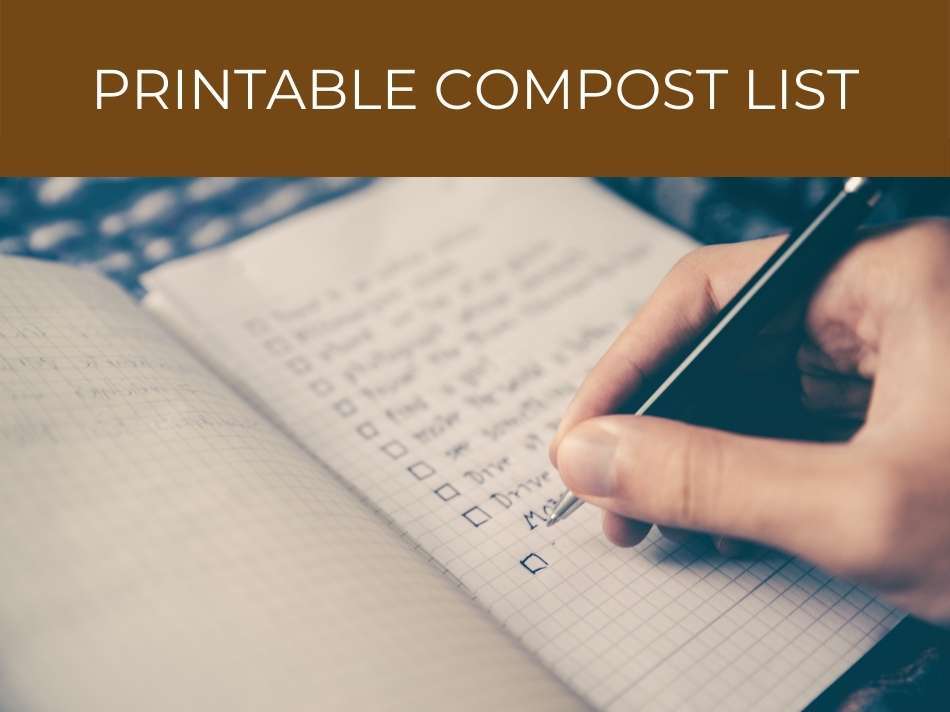
Printable compost list
Print off a compost list for easy reference as to what can and can’t go into your compost pile.
A printable compost list is an easy way to get to know what can and can’t be added to your compost. Try this example from the University of Maryland. Stick up in your kitchen for a quick reference guide to what can and can’t be composted, and what is classed as green or brown material.
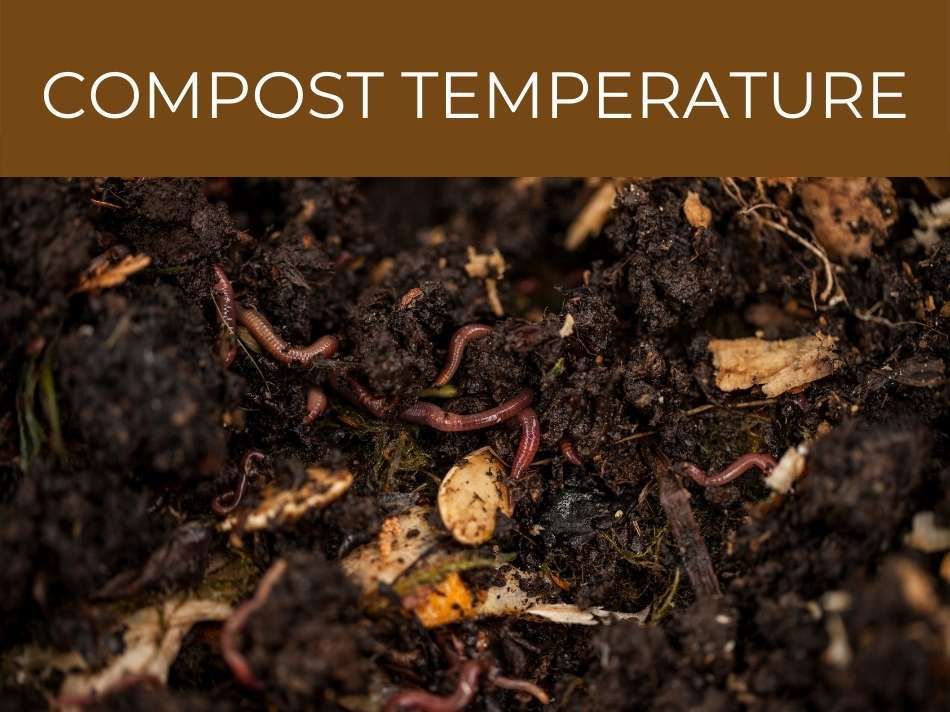
Compost temperature
Hot composts can get up to 155°F, and if they are built correctly, will heat up within a day or so.
Hot compost piles should get up to around 141°F to 155°F, which is the ideal temperature to break down material as fast as possible and kill any weed seeds or disease. Cold compost piles are 90°F or lower, and take longer to break things down, but are easier.
Cold composts are 90°F or lower.
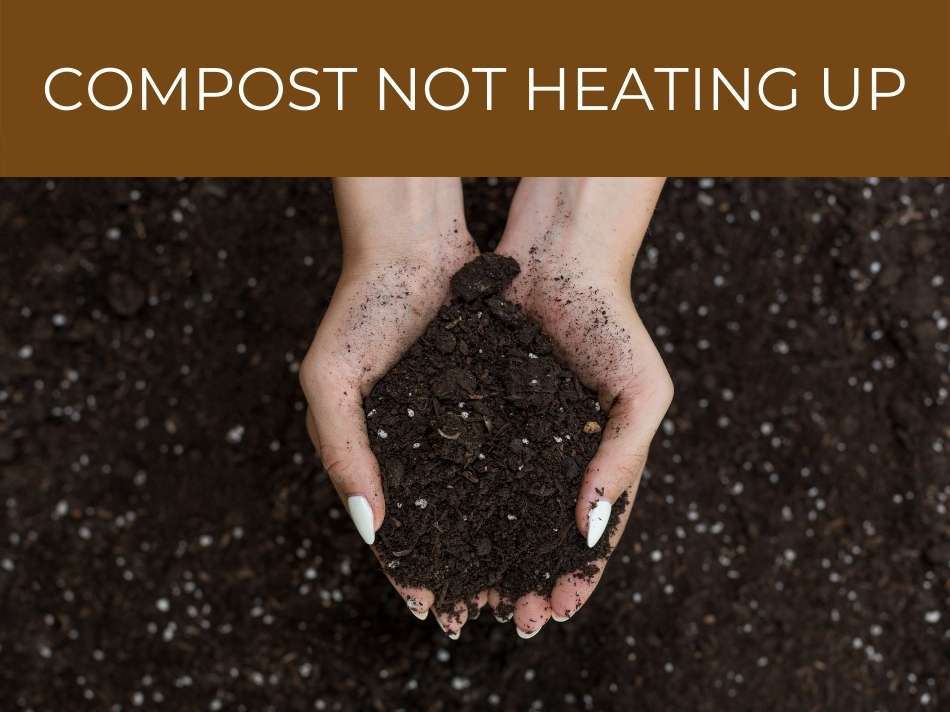
Compost not heating up
If your compost is too cold, you might need to make the material that you add smaller, ensure you are not adding too much water, and turn it every few days.
To increase the temperature of your compost pile, add material that is broken up or shredded into small pieces. The mixture should be moist but not soggy, and turned every 2-3 days. Also, ensure you are adding both green & brown material, and try layering & distributing it evenly.
You can also kick start the compost with a small amount of healthy, living soil, to ensure the microorganisms responsible for breaking down material are introduced.
Find out how to use compost to heat your greenhouse.
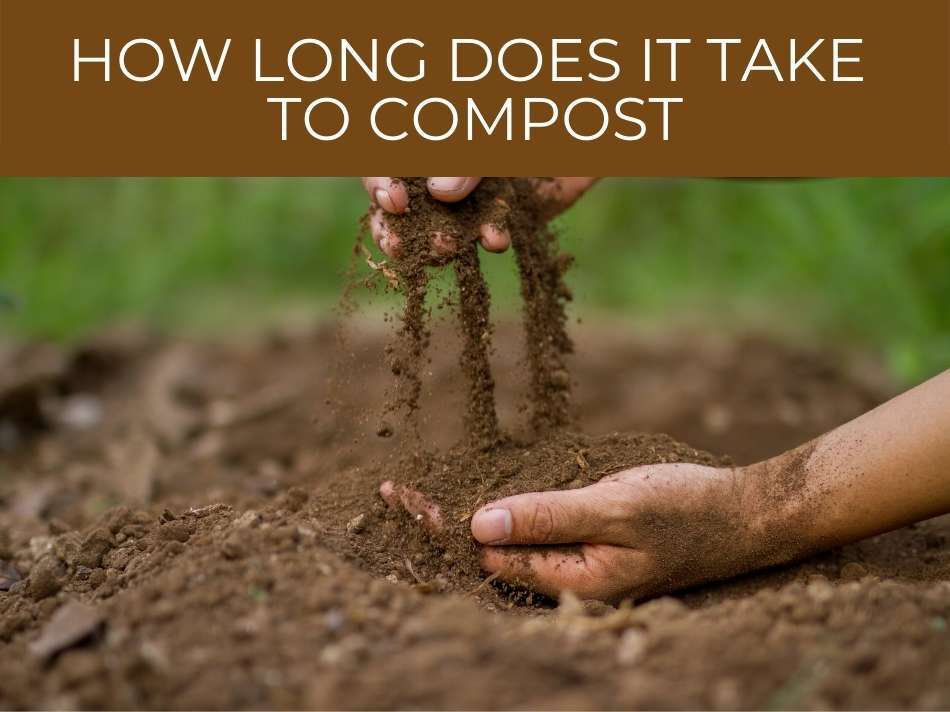
How long does it take to compost
If they are operating optimally, hot piles can produce compost within a couple of weeks and cold piles can produce compost within six months.
Depending on how well the compost pile is constructed and maintained, hot piles can produce compost within 2 – 8 weeks; quicker composting requires smaller pieces of starting material. A cold pile can produce compost in around 6 months to 2 years.
Check out our complete guide to making compost.
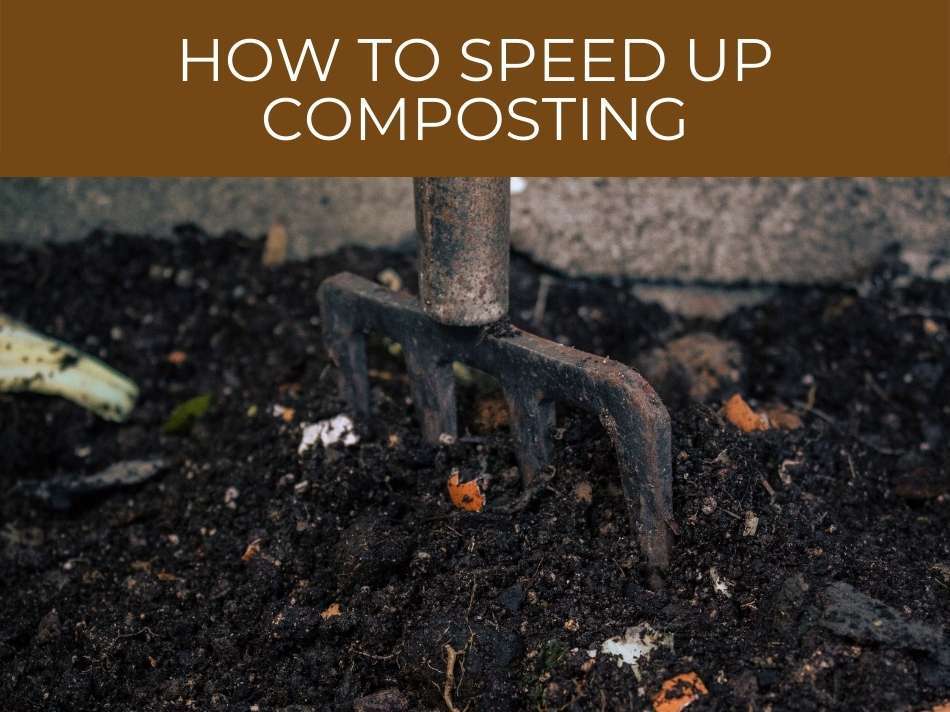
How to speed up composting
To speed up composting, use material that is broken up, make sure the pile is not too wet or dry, and turn it regularly.
To speed up the composting process, shred or break up the material that you add to it. Make sure the compost pile is not too wet or too dry, and aerate it by turning it regularly. Add a mixture of green and brown material: a good ratio is a 50-50 mix.
You can use a thermometer to check the temperature, as in general a hotter pile will compost faster.
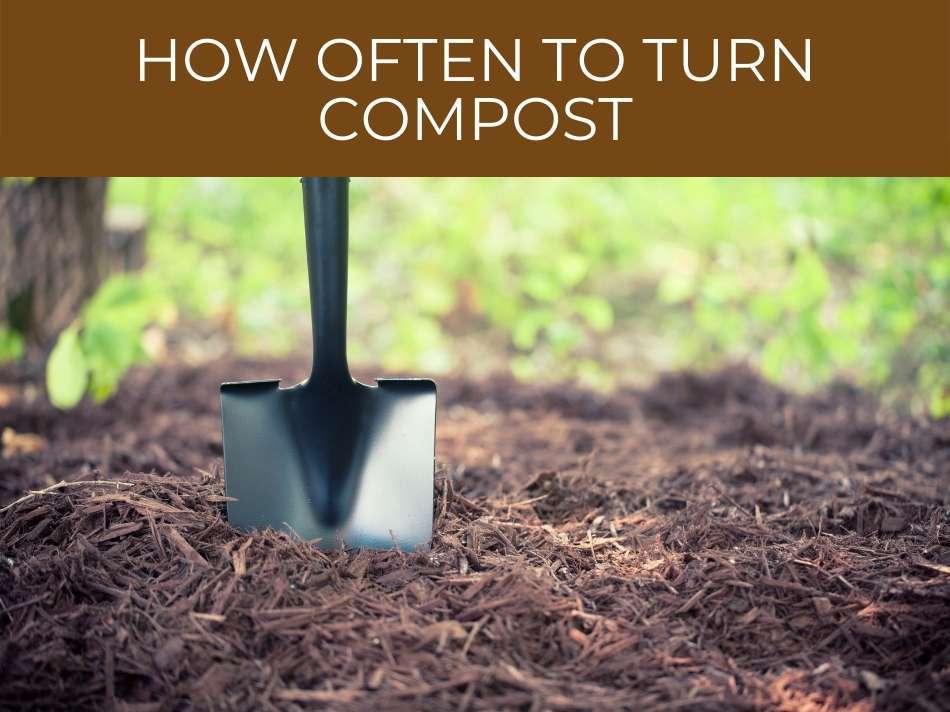
How often to turn compost
Hot compost needs to be turned every three to seven days, whereas cold compost only needs to be turned once every few weeks.
Hot compost should be turned every 2-3 days, or at least once per week. Cold compost can be turned every couple of weeks, or even not at all, although the rate of composting will be much slower. Mix with a garden fork, moving the material at the bottom onto the top.
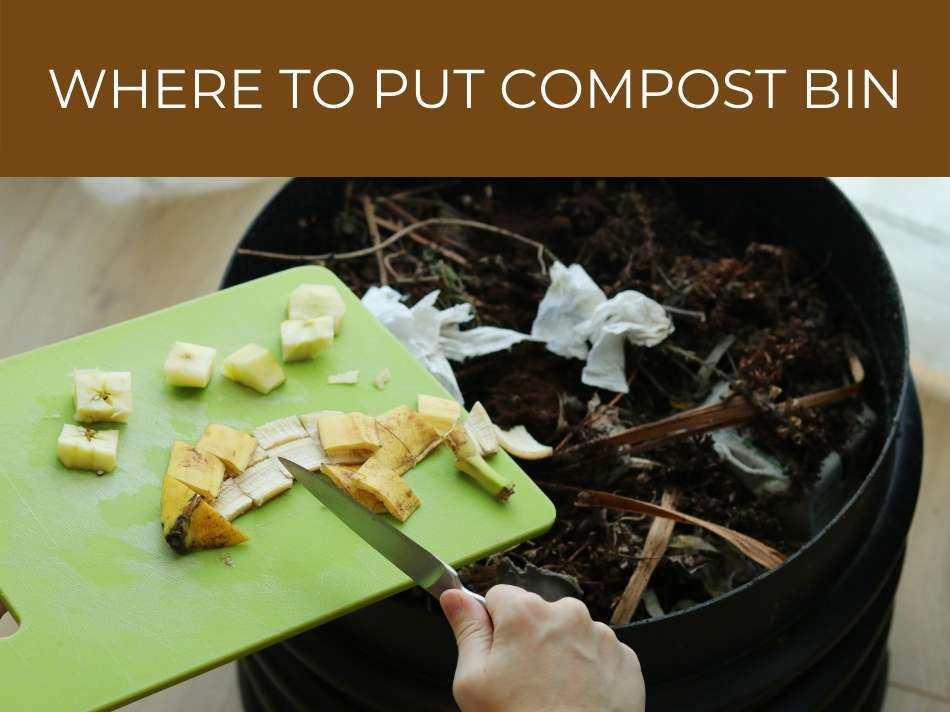
Where to put compost bin
Place your compost bin in a location where it will get some sun, but not get too hot, and is out of the wind.
Don’t put compost next to the house, as the odd smell will cause a nuisance.
The ideal location for your compost bin is somewhere that is accessible to add materials to, but not too close to the house where the odd smell can cause a nuisance. Place the pile where it will get some sun, but will not get baked, and out of the wind to stop it drying out.
Also, think about accessibility–a place that’s close to where you will be putting the compost, near to a water source, and with enough space around it to sort materials and even expand if needed.
Because compost is full of nutrients, roots can try to grow into it, so avoid placing the pile near small trees with shallow roots, like lemon trees.
Conclusion
Compost is a wonderful way to reduce your food and garden waste, and get something back in return.
It is easy to set up, and, with a little patience, will create a fantastic addition to your garden soil.

